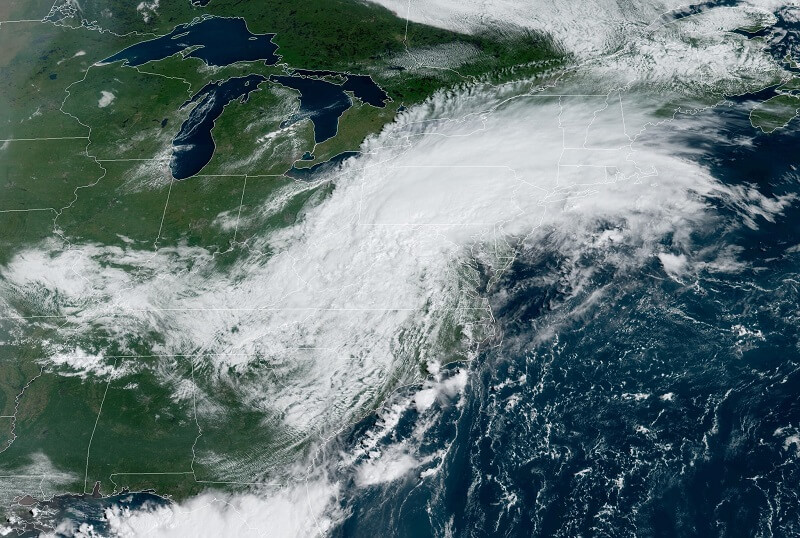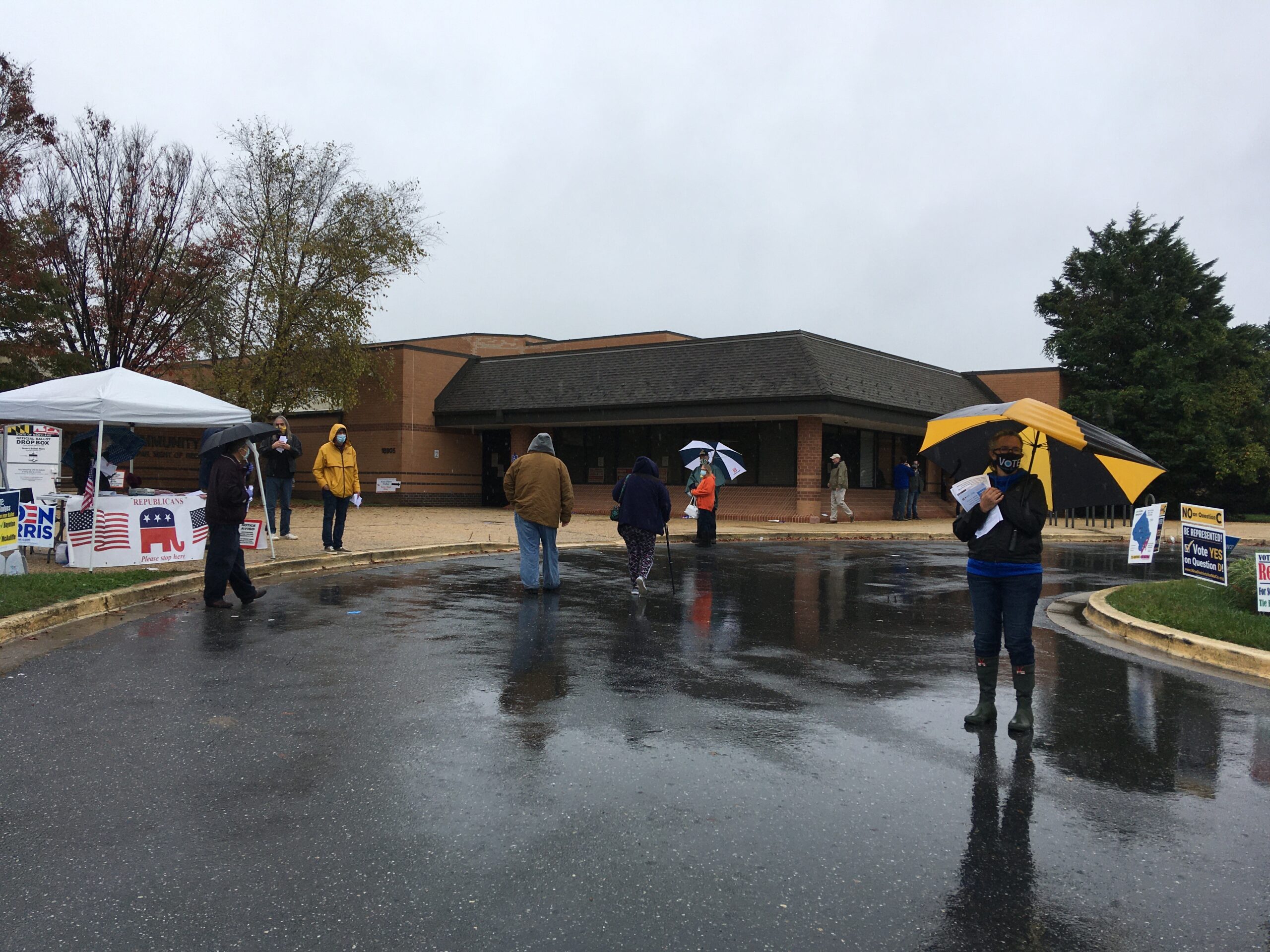Opinion: Revisiting ‘The Coming Storm’


Tim Willard
During the primary season, the business group Empower Montgomery released a scathing report written by the Sage Policy Group criticizing Montgomery County. The Sage Group’s report, “The Coming Storm,” landed with a bang with its conclusion that Montgomery County “is already in the midst of a downward fiscal spiral,” experiencing poor job growth, little new business formation, and an out migration of its taxpayer base. But the report was seriously flawed, using sloppy statistical analysis and apples to oranges comparisons. I have revisited the statistics and posted an analysis that offers some very different conclusions.
While Montgomery County faces problems, it is not markedly different from the other close-in suburbs of Prince George’s, Fairfax and Arlington counties, and Alexandria City. The conclusion that any of these jurisdictions is in a “downward fiscal spiral” is by no means justified. The Sage Report’s assertion that Montgomery County’s “job growth has been extraordinarily soft in recent years” is an example of this sloppy statistical analysis. “The Coming Storm” chose the peak year before the Great Recession to begin its data set. Montgomery County, as did most other localities, experienced several years of serious job declines then rebounded with steady job growth. Since the end of the Great Recession Montgomery County has had a better record than Fairfax County, with Arlington turning in the best performance while Alexandria has actually lost jobs. The Sage Report claims that “slow job growth has translated into elevated commercial vacancy rates.” But Montgomery County’s job growth has not been particularly slow, so it should not be surprising to find that Montgomery’s vacancy rate is not particularly high. In fact, in 2017 it was the lowest of all the close-in jurisdictions. By contrast, Arlington’s stubbornly high vacancy rates caused Arlington’s county manager to report in early 2018 that its high office vacancy rate “will require higher fees and $20.5 million in budget cuts and layoffs in the coming fiscal year.” The Sage Report highlights the net migration of income out of the county, as recorded by the IRS, but comparing the five inner jurisdictions finds no difference among them. Similarly, per capita income growth has been nearly identical. When it comes to property taxes, Montgomery County has been much maligned for its fiscal 2017 tax increase, even though the county has the lowest property taxes of all five jurisdictions. Efforts to keep property taxes within the charter limits has helped keep long term rate growth down. In the last eight years Montgomery County has raised rates four times and lowered them four times. Some problems do exist including flat-lined business establishment growth and rising debt payments. These problems require more in-depth analysis but some factors jump out. Since three quarters of all business establishments in the county employ fewer than 10 workers, the failure to grow the number of business establishments is in large part a small business problem. Horror stories abound about the problems of getting new business permits approved. The culture of county bureaucracies has become increasingly inflexible and unresponsive and needs to change. Rising debt payments have been driven by the issuance of general obligation bonds to fund infrastructure needs caused by poorly planned development. Overcrowded schools, deteriorating roads and growing transit needs require more money than the county is able to provide on its own. Montgomery County faces significant problems, similar to many “inner ring” suburbs around the country. Overcrowding, aging infrastructure, and out migration to newer suburbs are chronic problems. But the simplistic analysis of “The Coming Storm” does not help. The problems of older, inner suburbs are complex and require a much more serious analysis. — Tim Willard Tim Willard is the Green Party candidate for an at-large seat on the Montgomery County Council.



 Creative Commons Attribution
Creative Commons Attribution